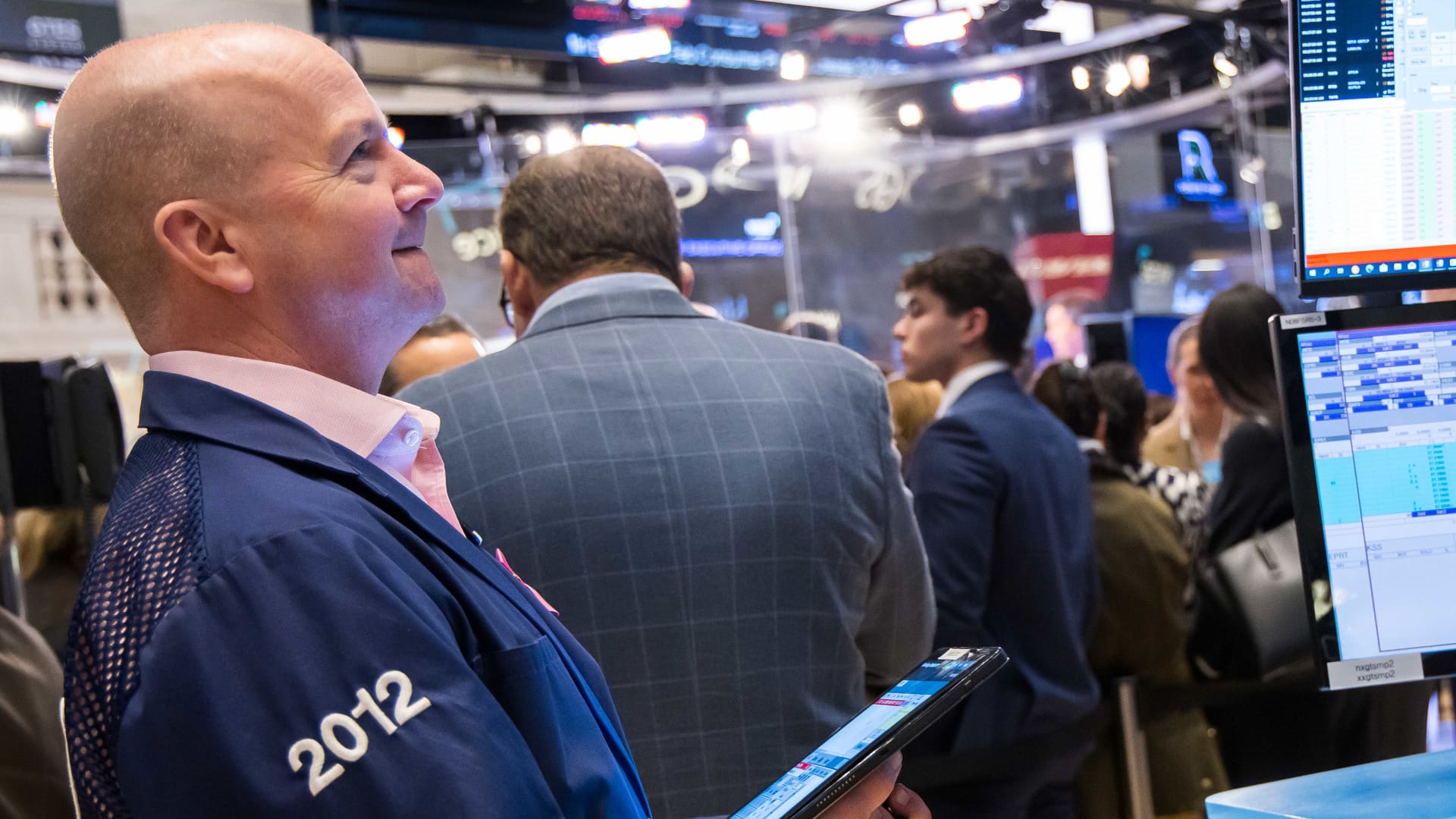The S&P 500 is about to wrap the quarter with a 10% gain. Resist the urge to time a pullback

Man, what a run it’s been. The S & P 500 is closing out the first quarter on an epic win streak: The index is up 10% year to date and an amazing 25% in the past five months. A run of 25% in any five-month period is a very rare event. Since 1950, there have only been seven other periods that have done better: S & P 500’s epic monthly win streaks Through March 2024 up 24.6% (current five-month streak) Aug. 31, 2020 up 35.4% (five-month streak) Aug. 31, 2009 up 27.9% (six-month streak) Jan. 31, 1999 up 33.6% (five-month streak) March 31, 1986 up 25.8% (six-month streak) Dec. 31, 1982 up 31.3% (six-month streak) May 31, 1975 up 32.9% (six-month streak) Feb. 28, 1975 up 28.4% (five-month streak) An imminent pullback? Maybe, but momentum is very powerful Naturally, with a run like this, everyone is now in the pullback prediction business: “This can’t continue,” is the refrain everywhere. “We’re going to pull back 10%. We have to, right?” Not necessarily. Momentum has been very strong. Noting that the S & P 500 is currently trading roughly 12% above its 200-day moving average (indicating very strong momentum), Todd Sohn from Strategas notes that, “While mean reversion is a threat, forward six-month returns tend to skew above historical averages.” His point: Even after these epic runs (with the S & P 500 up 25% or more in a five-month period), six months down the road, the market is higher most of the time: Epic five-month streaks (five months ended) Aug. 31, 2020 up 35.4% (up 8.9% six months later) Aug. 31, 2009 up 27.9% (up 8.2% six months later) Jan. 31, 1999 up 33.6% (up 3.8% six months later) March 31, 1986 up 25.8% (down 3.1% six months later) Dec. 31, 1982 up 31.3% (up 19.5% six months later) May 31, 1975 up 32.9% (up 0.1% six months later) Feb. 28, 1975 up 28.4% (up 6.5% six months later) Only one time out of seven has the S & P 500 been lower six months later after similar runs. It’s not just big cap tech: Market breadth has been expanding Another chestnut — “It’s all the Magnificent Seven!” — is just plain wrong. Tech is still lifting the market higher in the quarter, but its influence has waned in March, and other sectors have also seen strong advances. Select S & P 500 sectors YTD Communication Services up 15% Technology up 12% Energy up 11% Financials up 11% Industrials up 10% Health Care up 8% The only sector down this quarter is real estate, off by 3% in the period. And it’s not just a few big cap stocks advancing: Market breadth has been expanding. About 70% of the S & P 500 is in the green this year. The S & P 500 advance/decline has been on a tear since the middle of January: Far more stocks are advancing on a daily basis than declining. So is the Russell 1000 , an even broader gauge of the market. That broader market strength is critical to a market advance. “Divergences and concentration can also be seen along the way in major bull markets, and thus they are critical only when the trend loses strength with bad breadth, meaning that most stocks are not participating,” veteran market watcher Ned Davis said in a recent note to clients. “We saw persistent strength with the S & P 500 up every month from November through February, and this has nearly always been followed by more months of strength,” he said. “Even if that new high in breadth was a cyclical peak, the hypothetical record shows it has historically come some 39 weeks, on average, before a market peak, so I conclude that the cyclical bull is still alive and kicking,” he said. What’s this all mean? Some kind of fall after such epic gains seems to make sense. What might not make sense, given market history, is to think you know when to time those declines or to try figuring out whether any pullback could be short and shallow. Given the kind of advances we have seen and the market breadth, “It’s much more profitable to stick around than try to time the markets,” Alec Young, chief investment strategist at MAPsignals.com, told me. “Markets tend to do much better than normal when we have had big moves like this,” he said. “You’re probably much better off just sitting on your gains.”







